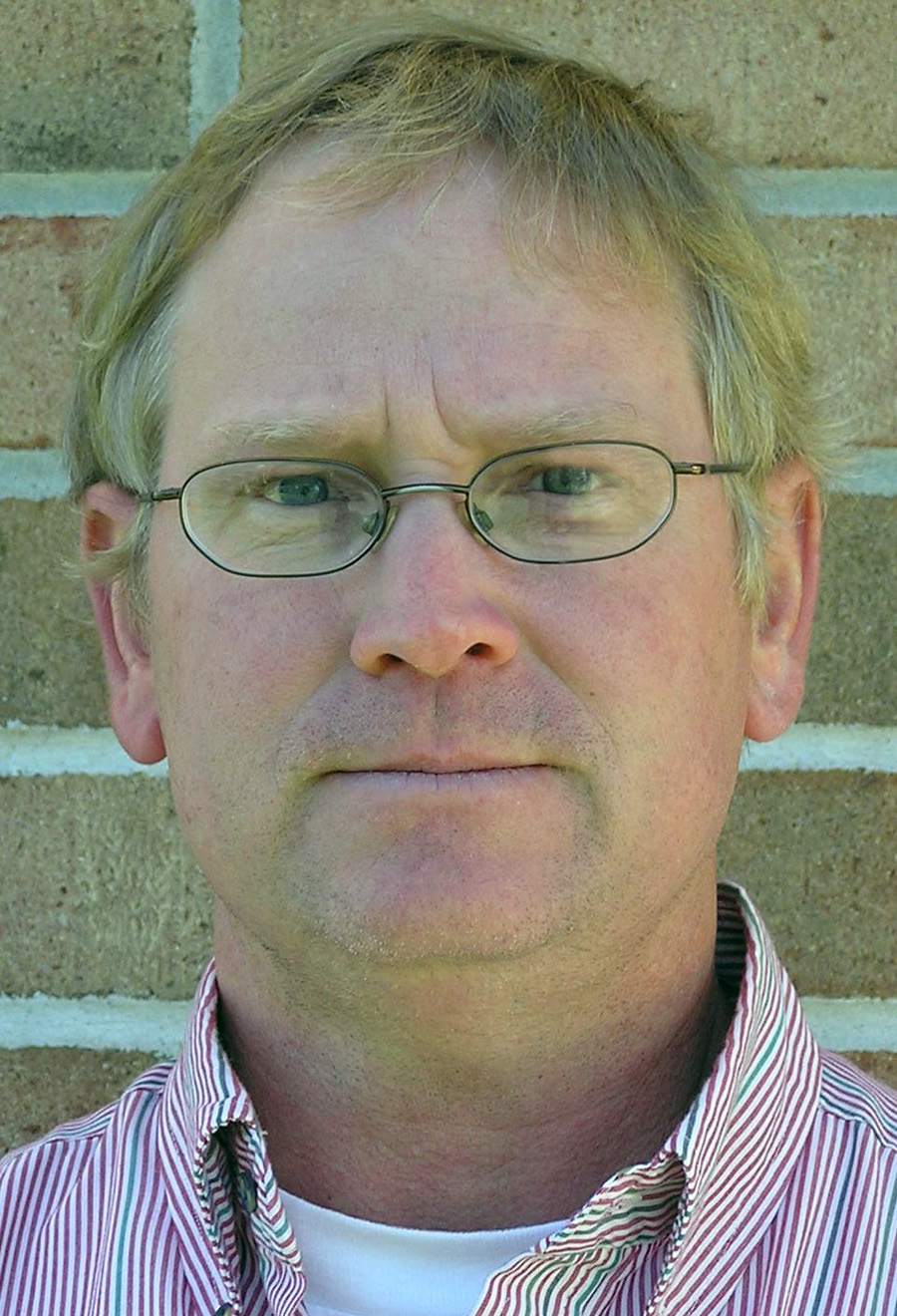Hilary Parker - Data Scientist, Stitch Fix
Talk Title: A design mindset for working with data 
As scientists, we are eager to discuss data — why we got it, what it shows and what we do because of it. However, as a field we've lagged behind in discussing the nitty gritty around the how. How did you upload, store and process the data? How did you decide to include a bar graph over a table? How did you make sure that your analysis was correct? Many professional groups, such as operational engineers and designers, are faced with similar problems and have created their own paradigms for tackling these less publish-able, but still critically important, aspects of our profession. In this talk, I will share what I have observed working in the technology sector, with the hope that cross-pollination will lead to more robust practices for everyone.
William Powell, PhD - Co-Director of the American Chestnut Research & Restoration Project,
at ESF
Talk Title: The American chestnut: using the tools of biotechnology to help rescue a keystone tree species 
The chestnut blight’s devastating effect on the American chestnut is a classic example of how an invasive pathogen can alter forest ecosystems and disrupt people’s livelihoods. Because of the American chestnut tree’s environmental, economic, and social importance, many tools have been brought to bear on the chestnut blight problem, but with minimal success. Initiated by members of the public, Powell and his colleagues focused on enhancing blight tolerance, which is considered a more evolutionarily sustainable type of defense mechanism. To enhance blight tolerance, a gene encoding an enzyme that counteracts the pathogen’s key virulence factor, oxalate, was added using the tools of genetic engineering. Several environmental impact experiments have been completed demonstrating no significant differences between the transgenic and non-transgenic chestnut. Next, the trees will be reviewed by up to three federal regulatory agencies, the USDA, EPA, and FDA. Once approved, these blight-tolerant American chestnut trees may be used to help rescue the genetic diversity and local adaptations in the remnant, surviving population of American chestnut and serve as an example to help other threatened tree species.
Boyd Padgett, PhD - Professor at LSU
Talk Title: In the field: Boots on the ground

Being in the field provides pathologists a platform to monitor disease epidemics, monitor for and document pathogen resistance to fungicides, provide timely recommendations for management, and identify new diseases. This important information gathered in the field can be used to justify and develop research projects to address emerging disease problems, as well as validate new management practices.
